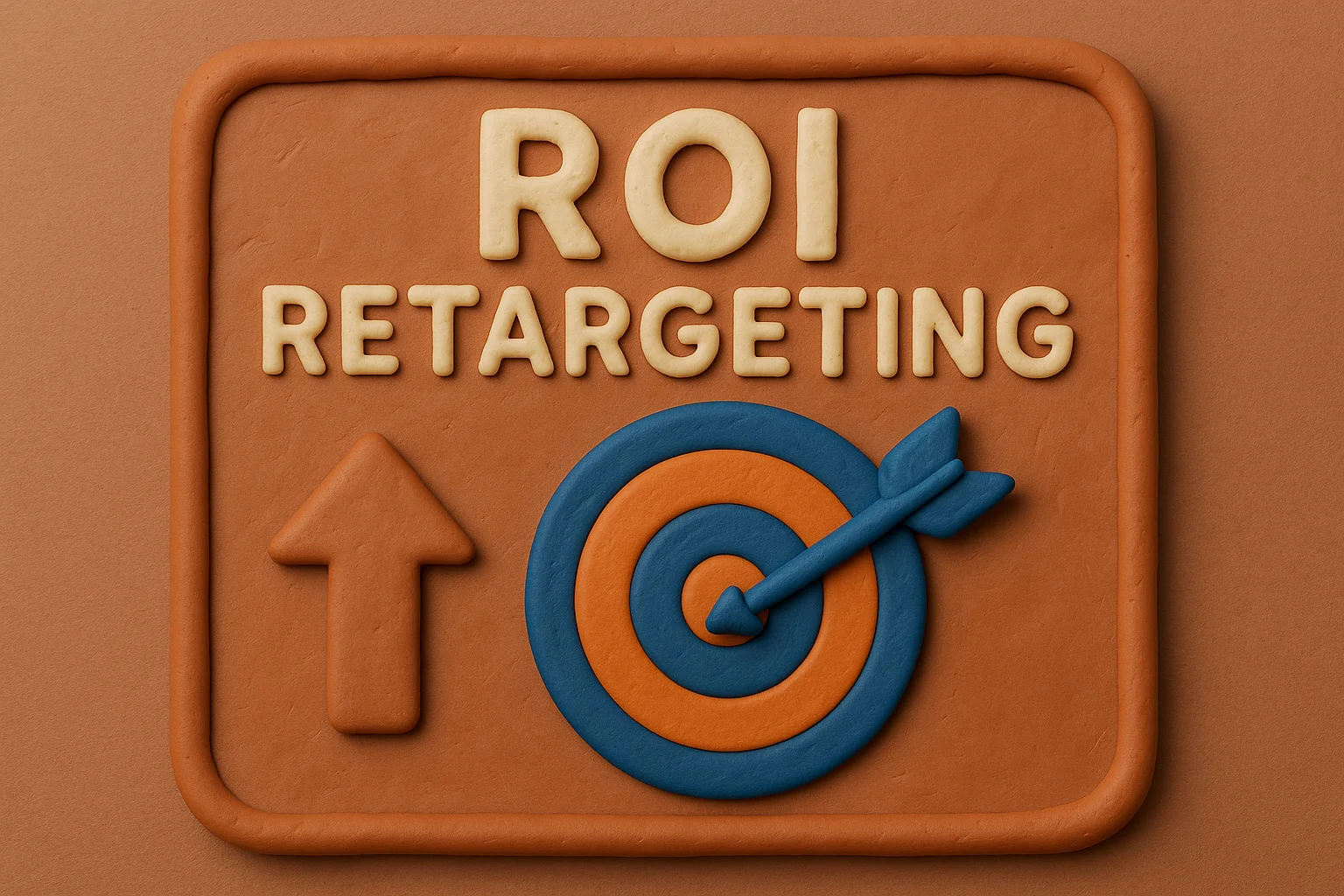You’ve done the hard part—driving traffic to your website. But what happens next? In this article, we’ll break down the ROI of retargeting, why it works, and how to implement it in a way that drives real results.
For most businesses, 96% of visitors leave without converting on their first visit. That means the majority of your ad spend, SEO efforts, and social campaigns lead to nothing—unless you bring those users back. That’s where retargeting comes in. And if you’re not leveraging it, you’re leaving revenue on the table.
What Is Retargeting?
Retargeting (also known as remarketing) is the practice of serving ads to people who’ve previously visited your website or engaged with your brand. These ads “follow” users across the web—on platforms like Google Display Network, Facebook, Instagram, and YouTube—reminding them to return and convert.
Retargeting is one of the most cost-effective ways to re-engage high-intent prospects who’ve already shown interest in your product or service.
Why Retargeting Works
Retargeting taps into the psychological principle of familiarity. People are more likely to trust and engage with brands they’ve seen before—especially when the messaging is relevant and timely.
Here’s what makes retargeting so powerful:
✅ Warms up cold leads
✅ Nudges on-the-fence buyers
✅ Increases brand recall
✅ Reduces cart abandonment
✅ Improves conversion rates across all channels
In fact, retargeted visitors are 43% more likely to convert compared to those who aren’t retargeted.
The Real ROI of Retargeting
Let’s talk numbers.
- Lower Cost-Per-Acquisition (CPA): Retargeting typically costs less per conversion than cold traffic campaigns.
- Higher ROAS: Retargeted campaigns often see 2X to 10X the return on ad spend (ROAS) of standard campaigns.
- Better Efficiency: Since you’re targeting users who are already familiar with your brand, your budget works harder.
- Scalability: You can build retargeting audiences around specific behaviors—like product page views, cart abandonment, or time on site—allowing for precise segmentation and personalization.
Common Retargeting Campaign Types
Here are a few retargeting strategies proven to deliver strong ROI:
1. Website Visitor Retargeting
Show ads to users who visited your website but didn’t convert. Tailor messaging based on the pages they visited.
2. Cart Abandonment Retargeting
Target users who added items to their cart but left before checkout. Offer reminders, incentives, or urgency-based messaging.
3. Lead Magnet Retargeting
Follow up with users who downloaded a guide, signed up for a webinar, or filled out a form—nudging them toward the next step.
4. Video View Retargeting
On platforms like YouTube or Facebook, retarget viewers who watched a specific percentage of your video content.
Why Some Businesses Still Ignore Retargeting (And Why They Shouldn’t)
Despite the clear ROI of retargeting, many brands overlook it—often due to:
❌ Misconceptions about complexity
❌ Inadequate pixel or tag setup
❌ Fear of “creepy” ad experiences
❌ Over-reliance on top-of-funnel traffic
But with the right tools and messaging, retargeting doesn’t have to feel intrusive. It should feel helpful, relevant, and timely.
How Twofold Helps You Maximize the ROI of Retargeting
At Twofold, we build strategic retargeting campaigns that move users from interest to action—without wasting your budget.
Here’s what we deliver:
✅ Custom retargeting strategies tailored to your audience
✅ Pixel and event tracking setup for accurate segmentation
✅ Conversion-focused ad copy and creative
✅ Cross-platform retargeting (Google, Meta, YouTube, and more)
✅ Continuous testing and optimization
We don’t just retarget—we rebuild your sales funnel with precision and purpose.
Let’s Maximize Your ROI with Smart Retargeting
Final Thoughts
Ignoring retargeting doesn’t just limit your ad performance—it actively costs you sales. The ROI of retargeting is simply too strong to ignore. If you’ve already paid to bring users in, why not bring them back and close the loop?
Smart retargeting turns browsers into buyers and clicks into conversions.
